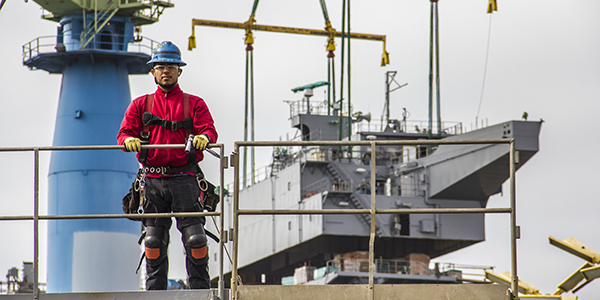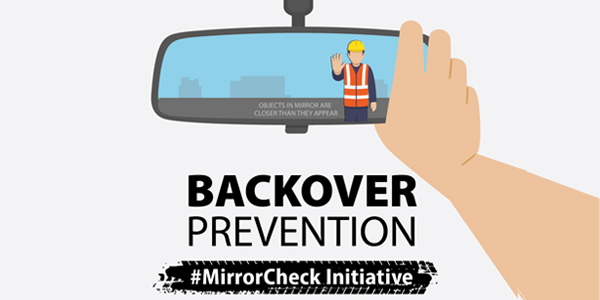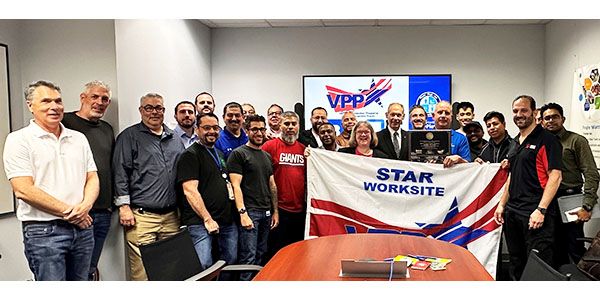QuickTakes Newsletter
May 19, 2025

STANDING DOWN TO PREVENT FALLS
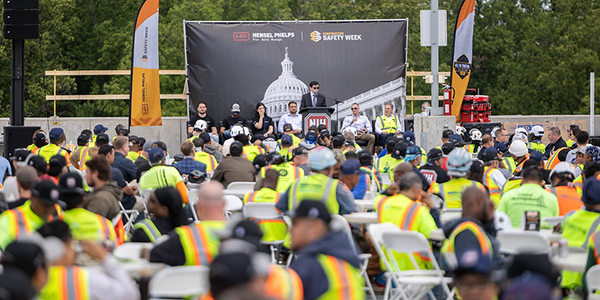
On May 7, Deputy Secretary of Labor Keith Sonderling joined more than 1,800 construction workers, employers, and other stakeholders at the National Institutes of Health work site in Bethesda, Maryland, for OSHA’s National Safety Stand-Down to Prevent Falls.
Similar stand-downs were held at worksites across the country. During these events, employers pause normal work activities and lead employees in toolbox talks or other activities such as conducting safety equipment inspections, developing rescue plans, or discussing job specific hazards. Falls from heights continue to be the leading cause of fatal injuries in construction.
"The fact is, workers and employers should be tackling fall hazards every day - not just once a year," said Deputy Secretary Sonderling. "Besides stand-downs, employers can educate workers on fall hazards through robust safety and health programs, regular safety meetings and making sure critical measures like harness checks are part of routine operations."
Visit our fall prevention campaign webpage to find tools and resources for keeping workers safe from potentially fatal falls throughout the year.
UPCOMING EVENTS

May 1-31: Mental Health Awareness Month
May 19-23: Heat Safety Awareness Week
May 23: Don't Fry Day
June 16: Public hearing on OSHA's Proposed Heat Rule.
(Instructions for watching online will be posted here.)
August 11-17: Safe + Sound Week
STAY SHARP TO KEEP SAFE
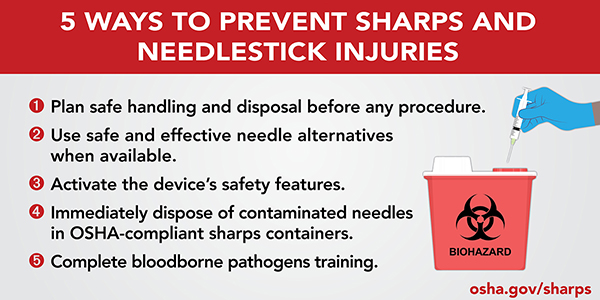
MARITIME SAFETY
Workers in shipyards and marine terminals build, repair, and scrap vessels, as well as move cargo and other materials. They face hazards like slips, trips, and falls; injuries from machinery and equipment; and exposure to dangerous chemicals, fire, and confined spaces. We have resources on engineering controls, safety procedures, and training to help identify, reduce, and eliminate maritime hazards.
TRAINING SAVES LIVES
Every year, backover incidents lead to serious injuries and fatalities in construction zones and workplaces. These incidents often happen when drivers lose sight of people, objects, or vehicles behind them. That's why we launched the #MirrorCheck initiative to raise awareness and provide resources to help educate workers and employers in the construction industry about safety practices that can prevent backovers and save lives.
SAFETY AT EVERY LEVEL
When it comes to safety solutions, one size doesn't fit all. We have safety and health resources specifically designed to help small businesses comply with OSHA standards and receive advice you can trust through OSHA's no-cost and confidential On-Site Consultation Program.
WORKING TOGETHER
OSHA's Voluntary Protection Programs recognize employers and workers who have implemented effective safety and health programs and maintain injury and illness rates below the national average for their industries. In VPP, management, labor and OSHA work cooperatively to prevent workplace injuries, illnesses, and fatalities. VPP participants are exempt from OSHA programmed inspections while maintaining their VPP status, and those who demonstrate exemplary safety achievements receive special recognition as Star worksites.
YOU ASK...WE ANSWER

❓ Is a trench box considered a confined space?
🗣 A trench box is not generally considered a confined space under OSHA regulations. OSHA's excavation standard (29 CFR Part 1926, Subpart P), which covers trenching and excavations, focuses on hazards like cave-ins and falls and requires protective systems such as trench boxes to shield workers from the falling soil. If workers enter something inside the trench, such as a sewer line, manhole, or vault, that is a confined space, then the employer must follow both the excavation standard for the trench and the confined space standard for that structure.
WHAT'S TRENDING
Do you have a minute? Catch the latest news on what’s happening across OSHA and workplace safety and health.
QuickTakes subscribers occasionally receive DYK? bulletins about a single timely topic, resource or upcoming event.


